Jump to:
Good barbecue starts with preheating, yet it’s not always clear how much time to wait. Too quick and the food sticks; too long and you risk burning off fuel or overheating the grill. The truth is, it depends on the type of grilling setup you’re using, as well as the size and outdoor conditions. Here’s what you need to know to preheat a BBQ right, whether it’s gas or charcoal.
How Long to Preheat a BBQ: Gas

Gas BBQs heat up fast, but the preheating timing depends on the grill size and how powerful the burners are. As a general guide:
- Smaller gas grills: 10 to 15 minutes
- Larger units like 4 to 6 burner BBQs: 15 to 25 minutes
You aim to get the grill up to your target cooking temperature—around 200–250°C for standard grilling, or higher for searing.
More tips to preheat your gas BBQ
- Start with the lid open when lighting. This helps prevent a gas build-up, which can be dangerous. Once lit, close the lid to let the heat build.
- Use the built-in or external thermometer to track the temperature. Don’t rely on how hot the air feels when you open the lid.
- Turn all burners high while preheating. Adjust them to your cooking temperature once the grill is ready. Lower for slow grilling, higher for direct searing.
- Let the grates heat up fully. This reduces sticking and gives better grill marks.
- After preheating, check for hot spots, as some gas BBQs heat unevenly. Hover your hand a few inches above different sections of the cooking grate. You can use these zones to cook different types of food at the same time. For instance, searing on one side and finishing on the other.
How Long to Preheat a BBQ: Charcoal

Charcoal BBQs take longer to heat. Thee are no knobs to turn on. Instead, you wait for the coals to reach the right temperature, which takes around 20 to 30 minutes.
The coals are ready when they’re mostly covered in grey-white ash. At that point, they’re producing steady, even heat that cues for, ‘It’s grilling time!’ To avoid hot or cold spots, spread the coals evenly across the grate.
Extra tips to preheat your charcoal BBQ
- Use a chimney starter. It gets the coals burning faster from edge to edge, without the need for lighter fluid. Fill it with charcoal and crumpled newspaper or a natural firelighter underneath. Then, light it from the bottom.
- Avoid lighter fluid. It can leave behind chemical smells and affect the flavour of your food. You might also not need this if you’re using charcoal and a chimney starter.
- Control the airflow. Leave the vents half open during preheating to feed the fire with enough oxygen. Adjust them once you’re at cooking temperature to control the charcoal usage.
- Add more fuel early if needed. Is your charcoal BBQ larger, or do you plan to cook for a while? Top up the coals early so everything heats at an even rate.
Read our guide on how to light a charcoal for more!
BBQ Size When Preheating
Larger barbecues have more metal to heat, including grates, lid, and firebox. And if using the full grill, the whole thing needs to come up to temperature, not just part of it.
More burners or charcoal doesn’t always mean faster, either. With gas, having four to six burners can help cover more ground. Yet, it still takes time for the heat to spread and warm the grates. With charcoal, a bigger cooking space means more fuel and airflow management.
Preheat earlier than you would with a compact model, especially if you cook for a group. For a bigger grill, remember that you don’t always need the entire area on full blast. Create a direct and indirect zone to move food around as needed.
How Weather Conditions Affect Preheating Time
We’re talking about outdoor temperature, wind, and humidity. Cold or damp air can slow down both gas and charcoal BBQs. Meanwhile, wind can pull heat away from the grill or affect airflow in charcoal setups. If you’re in the latter situation, here’s how to BBQ in windy weather.
On warmer, still days, you may find your BBQ reaches temperature faster and with stable heat. If conditions are rough, give it a few extra minutes. Monitor the heat using a thermometer to avoid underheating.
Round-up
Getting the BBQ hot enough before you start cooking makes everything easier. Less sticking, better flavour, and more control. Factor in your grill size and the weather, give it the time it needs, and you’re set up for a smoother cook.
Looking for more grilling tips? This guide might help: How Long to Grill Steak on the BBQ

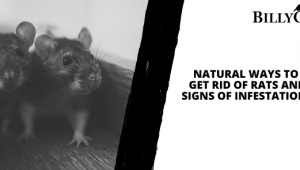
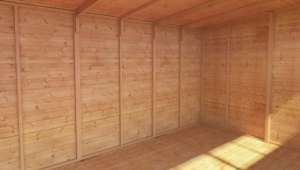


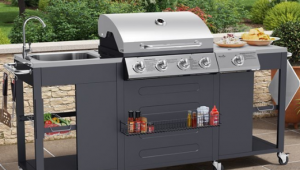

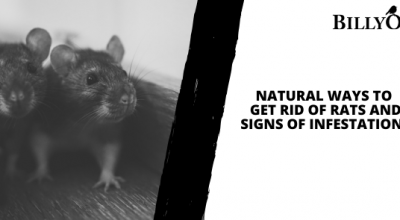
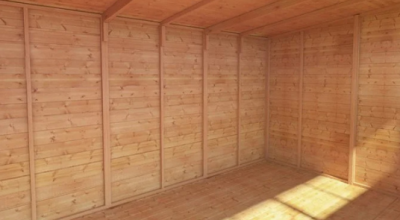
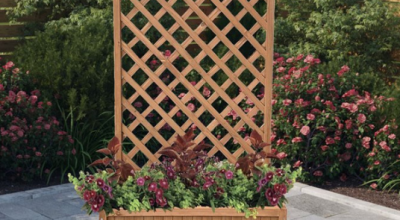

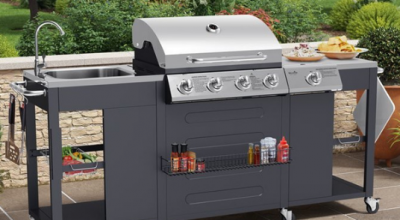

What do you think ?